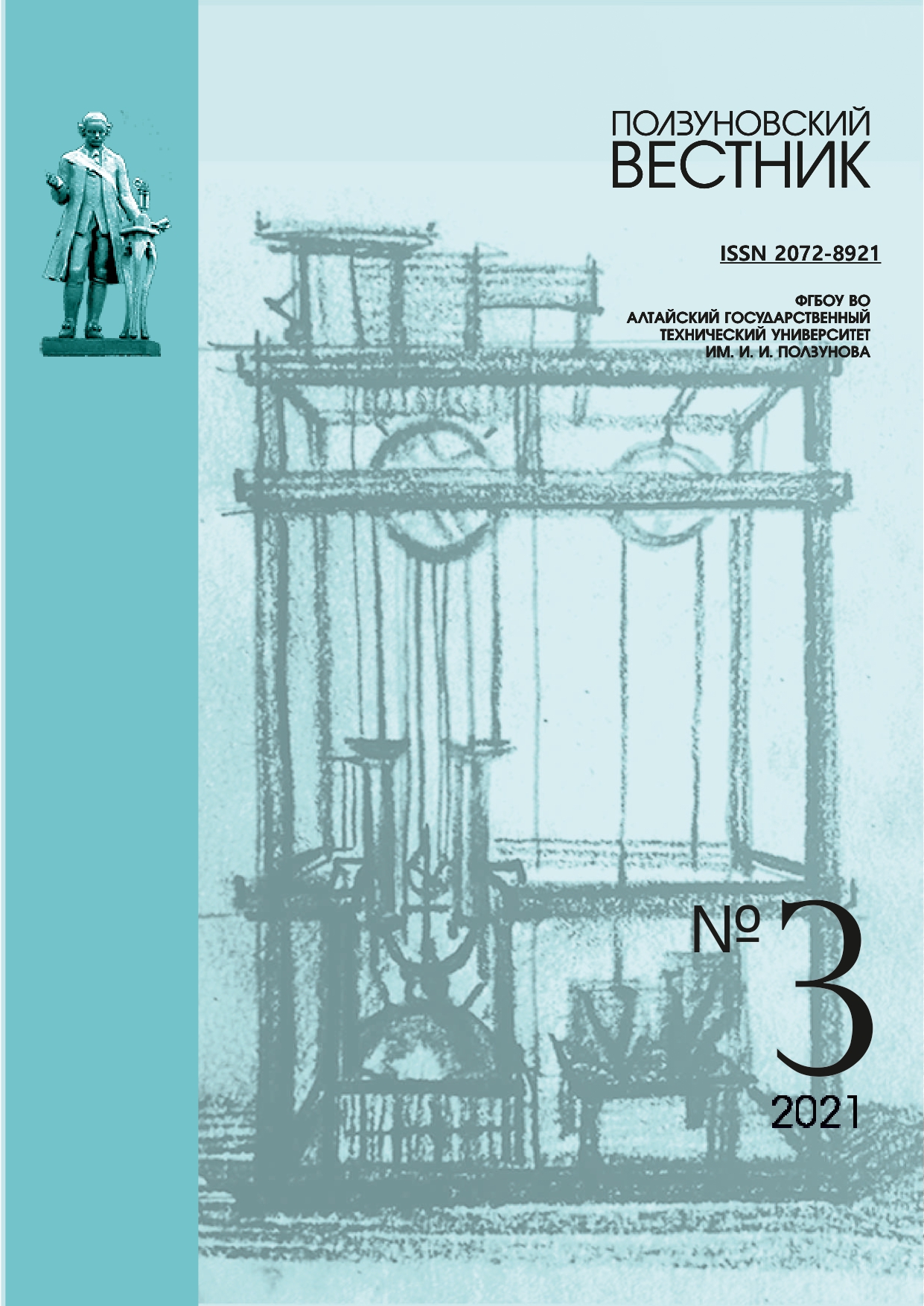CORRELATION BETWEEN RHEOLOGICAL PROPERTIES AND QUALITY THREE-DIMENSIONAL PRINTED CHOCOLATE MASS
doi: 10.25712/ASTU.2072-8921.2021.03.015
Keywords:
3D-printing, chocolate mass, optimization, rheological characteristics, print qualityAbstract
The rheological properties of food are critical to achieving quality printing in extrusion 3D printing. The aim of this study is to investigate the potential correlations between the printability of chocolate mass and rheological characteristics. The experimental data were obtained in the accredited laboratory of the Gorbatov Federal Scientific Center for Food Systems. To inject chopped chocolate in our experimental studies, the method of screw-rotary extrusion was used. To achieve the quality indicators of 3D structures, it is necessary to predict the physical properties of the starting material. The wall thickness, height and diameter, weight, and melting and flow properties of 3D printed chocolate were evaluated. Rheological data were used to optimize important parameters of the 3D printer used, such as deposition rate and substrate temperature during extrusion. Good printability on the substrate was achieved by predicting the flow behavior of the chocolate at a constant shear rate and determining the melting point of the chocolate by recording the drop in viscosity during a temperature rise test at a constant shear rate. The temperature of the material before deposition was determined, which was maintained at 32 ° C in order to squeeze out the molten chocolate mass. Rheological studies were carried out by measuring the dynamic viscosity of the chocolate mass versus time and temperature at constant shear rates of 50 and 100 1/s. It was concluded that the viscosity of chocolate remains relatively constant at a shear rate above 50 1/s, and in the tested temperature range, it had a linear tendency to decrease.
Downloads
Published
How to Cite
Issue
Section
License
Copyright (c) 2022 Sergey A. Bredikhin, Vladimir N. Andreev, Alexander N. Martekha, Yuriy M. Berezovskiy

This work is licensed under a Creative Commons Attribution 4.0 International License.















 .
. This work is licensed under a
This work is licensed under a 
